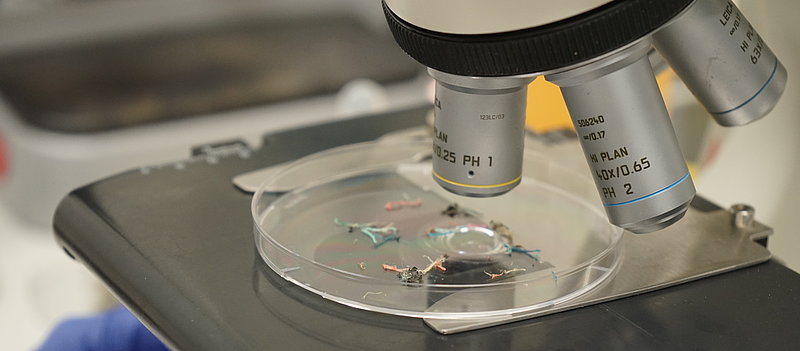The fact that microplastics can be found all over the world is nothing new anymore and the damage it does to our environment is becoming increasingly apparent.
But what effect does it have on humans? It is quite obvious, that we also absorb plastics. It can be found everywhere, so why should it not be found in us? We absorb it for example through contaminated food or through inhalation (tire abrasion, dust in the air) or through our skin. An average person consumes up to 1769 plastic particles per week from water alone - according to a WWF study published in 2019.



